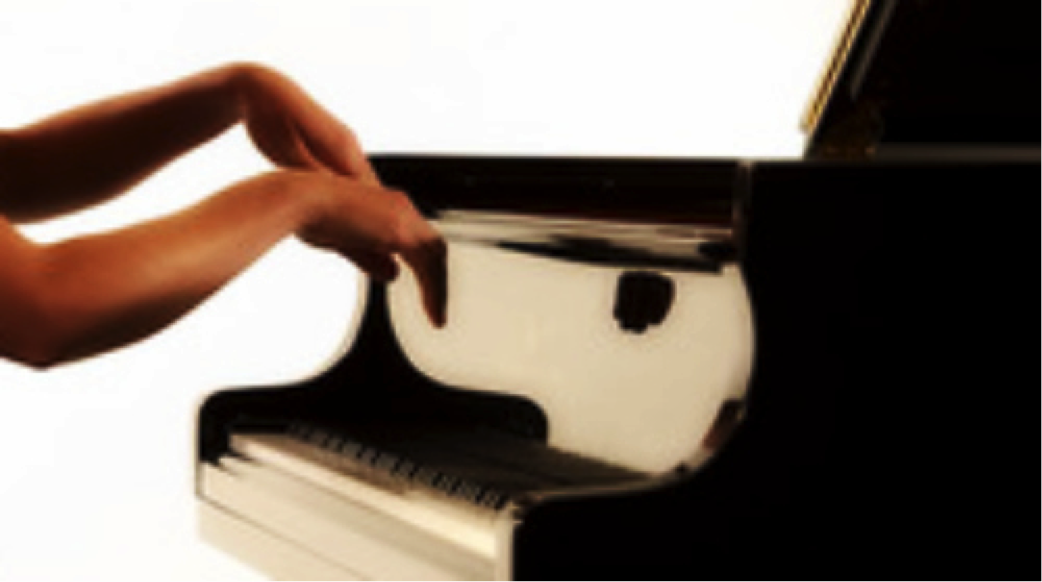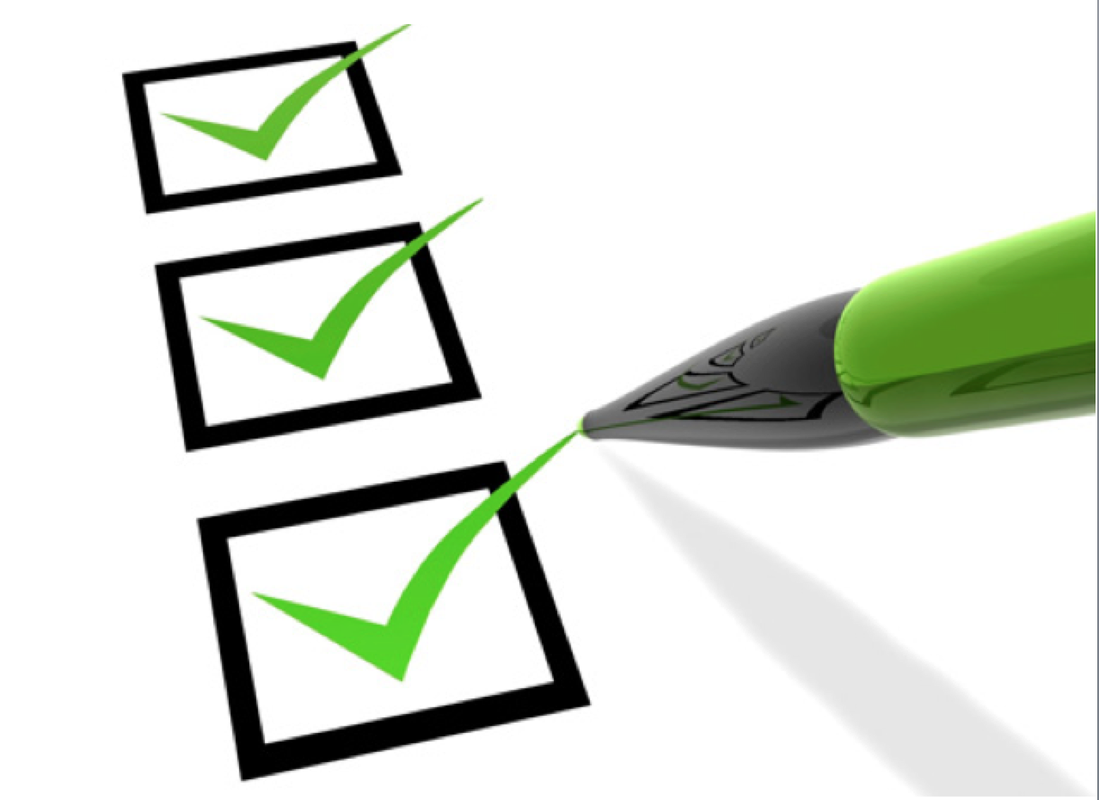|
Proper use of the wrist is a key element in the development of good piano technique. It is important to take good care of your wrists and be fully aware of how they are being used in and out of piano practice. Be aware of activities that cause tightness or tension in the wrists – this is especially true for activities that commonly cause the development of tendonitis, carpal tunnel syndrome, sprains or injuries.
Remember that playing the piano should never hurt - no matter how long you practice. If your wrists become painful it is due to incorrect technique and misuse of your muscles and energy. The main sensation that should come about due to many hours of playing is tingling or sensitive fingertips. If you feel any pain or tension it is important to stop practicing and relearn the proper way to execute your passages. Pianists who play through pain are simply reinforcing incorrect technique and are at risk for developing wrist and hand injuries. These pianists often find that once they get to a certain point of playing they cannot advance any further which causes them to be stuck on one level, become discouraged or unfortunately keep trying with the same approach. Those who recover often stop playing the piano or find a teacher to help them “start all over” or fill in the gaps by developing good technique. This may include basic hand and finger repositioning, re-assigning a more effective height or distance from the keys, proper arm, hand and finger movements that encourage the muscles to “breathe” as well as exercises that loosen the wrists. Developing controlled, relaxed wrists will encourage great technique, better musicality and the most fulfilling experience at the piano.
0 Comments
1. Piano
Good Quality Acoustic Piano- Preferred. Must be tuned at least twice a year. The way in which large or subtle movements can control, mold and influence sound is more noticeable and easier to practice on an acoustic piano. We are able to access and create a wider variety of sounds and effects on an acoustic piano than on any other instrument. Good Quality Digital Piano- Full sized; 88 touch sensitive keys - with pedal. Digital pianos are generally more limiting than acoustic pianos. There are a lot less sounds and effects that one can access apart from the ones that are already programmed into the instrument and the keys do not respond to our touch or movements in the same way as on an acoustic piano. Digital pianos vary depending on the brand and quality but they do not need to be tuned and can be practiced with headphones. 2.Piano Lamp / Sufficient Lighting Sufficient lighting is an important and often overlooked part of effective piano practice. Be sure to have a lamp for the music book or light bulbs that are bright enough to light up the piano area so that you are able to practice, write, and read music with in a well lit area. 3 .Metronome The metronome is a tool used in the development of good rhythm and speed at the piano. Get a physical metronome or download a metronome app onto your cell phone, ipad, ipod, or tablet. 4.Height Adjustable Bench The average piano bench is not at a height that is suitable for children and many adults to maintain the playing level needed to develop the best technique. A height adjustable bench is a secure and comfortable way to practice at optimal playing height at the piano. Alternatives include sitting on books, cushions or pillows that are stacked to the necessary height. If these are wobbly, uncomfortable to sit on or unstable they may do more far more harm than good. Posture and good seating play a huge role in the development of long lasting technique. 5.Foot Rest Having both feet planted firmly on the ground will help to build a stronger core, good balance, and greater control at the piano. Children with feet that do not yet reach the ground while they are seated may feel more physically secure, and develop a more solid technique with the help of a footrest. 6. Pedal Extender This will help students whose feet do not reach the ground to explore a wide variety of sounds and technique through pedal use. With an extender, younger students are able to play more advanced music and have more fun at the piano much sooner than students who wait until they are tall enough to reach the pedal on their own. Pedal extenders are multipurpose and may serve as a footrest as well. 7.Pencils For theory assignments and temporary marks in the music. 8.Pens For writing weekly goals in the piano notebook. 9.Crayons For creating or highlighting distinct marks in the music (an actual highlighter may bleed through the pages so crayons or colored pencils are preferred). 10.Blank Index Cards To write and review musical concepts and terminology. 11. Sticky Page Markers To bookmark and easily access pieces. 12. Notebook For keeping track and reviewing of weekly assignments and goals. 13. Nail Clippers/Short Nails To maintain a good hand position at the piano. 14. Hand Sanitizer/Washed Hands Hands need to be washed or sanitized before playing the piano. It is also good to clean your hands afterwards, especially if you are not playing your own piano. 15.Piano Tuner Have an appointment set for a piano technician/tuner to look at and to tune your piano if you have an acoustic piano. This should be done at least twice a year. Neglecting to tune the piano may end up costing more in the long term and take multiple tunings to get the strings of the piano to the correct pitch. It is also more practical to practice and do ear training on a piano that is in tune. |
AuthorJodi Ann Russell, Ed.D., M.M., B.M., N.C.T.M. brings a warm emphasis on mindfulness, relaxation, creativity and technique in personalized piano lessons and master classes Archives
July 2024
Categories |



 RSS Feed
RSS Feed